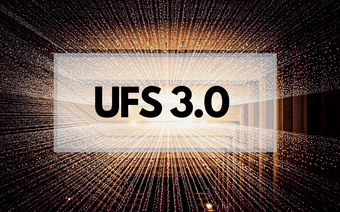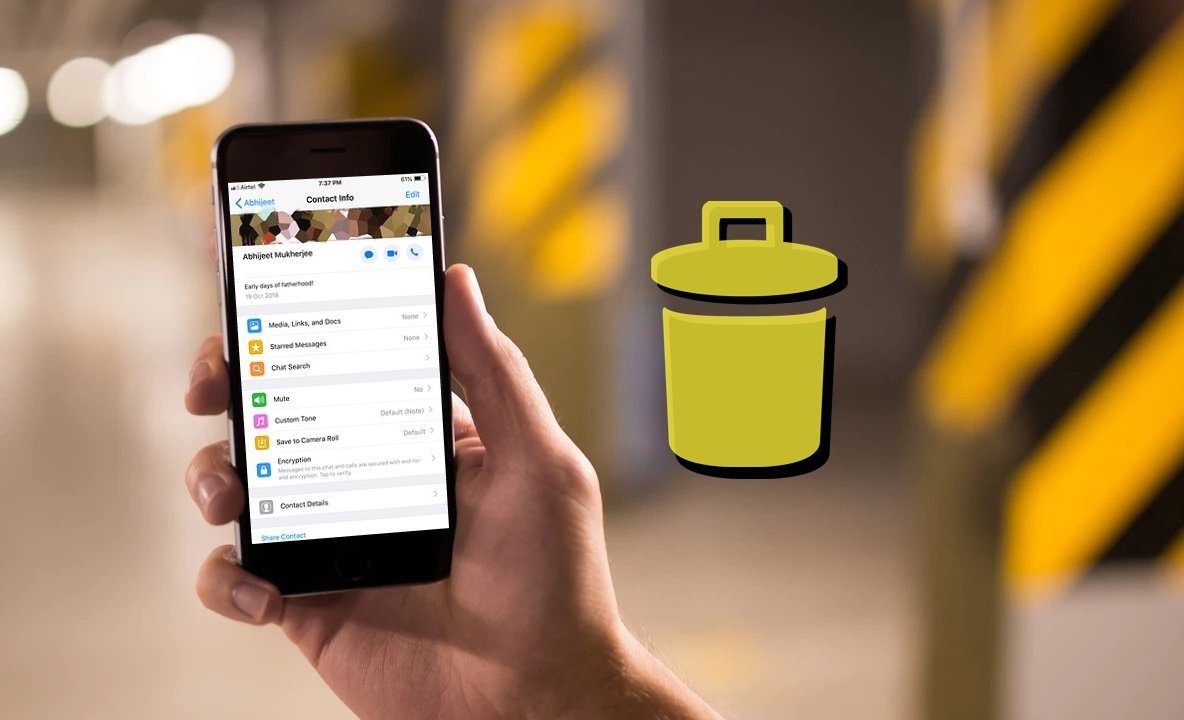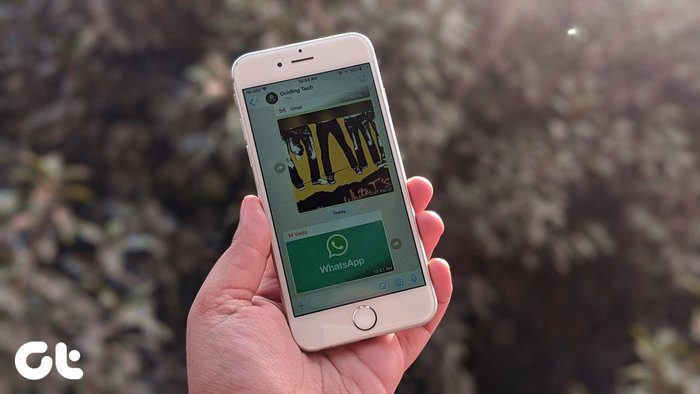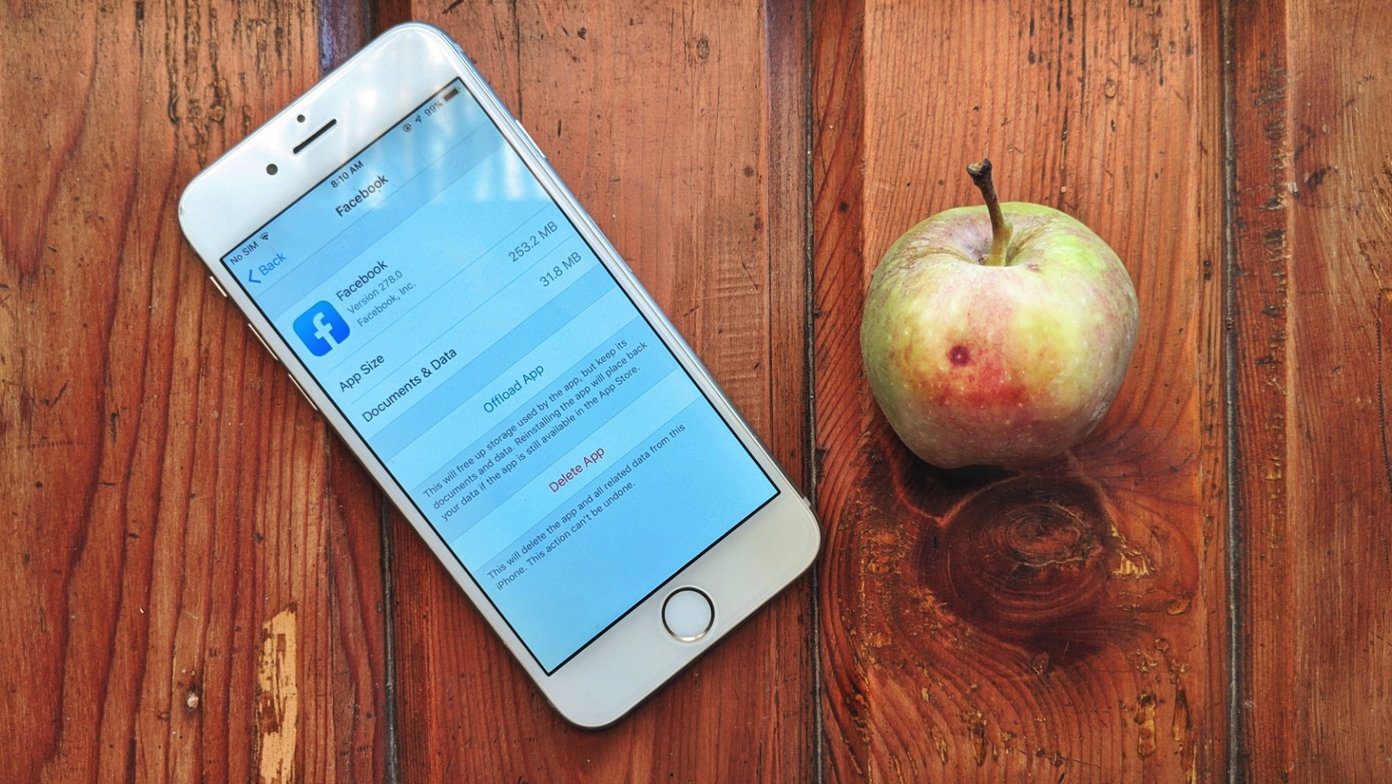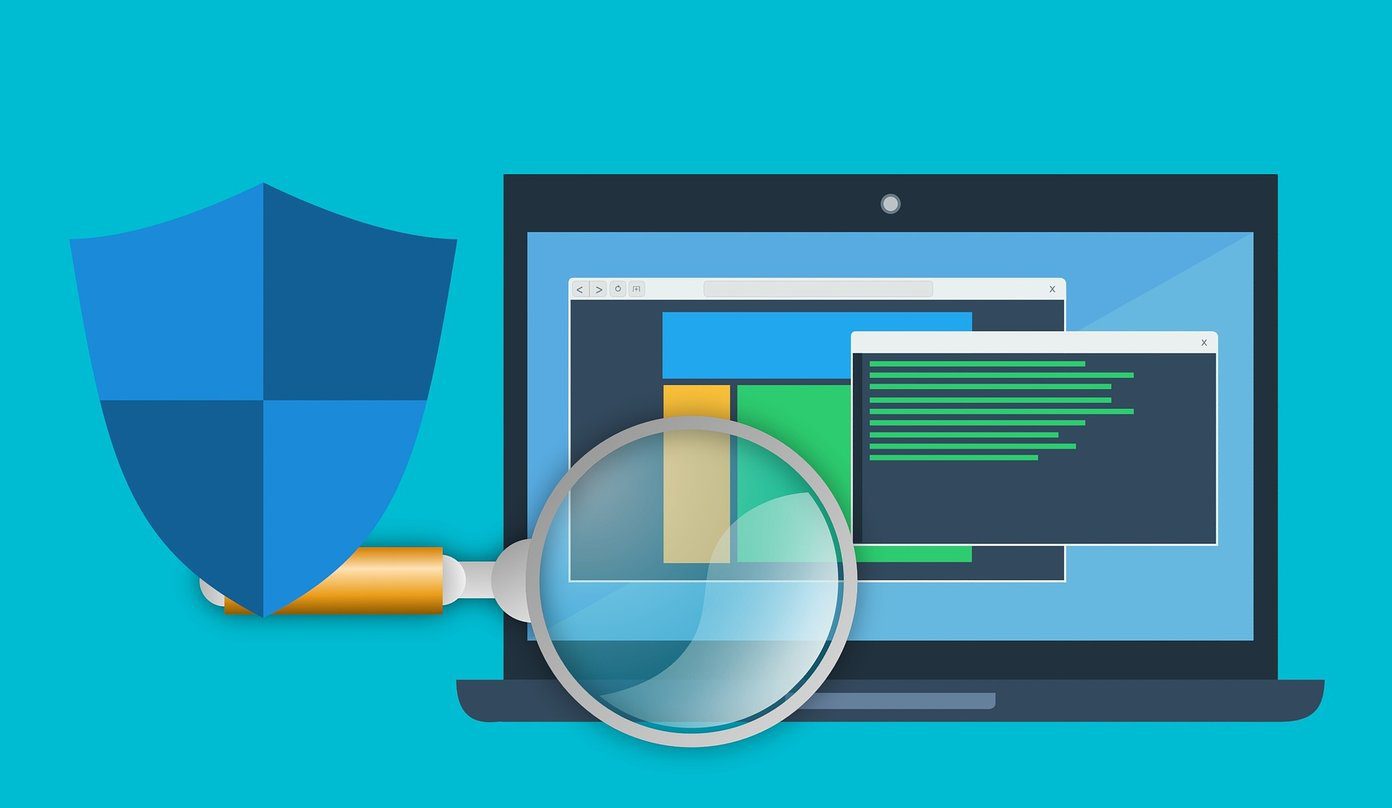If you notice in particular that your cell service was never that great while inside your home or building, or that your Wi-Fi connection can generally be unstable or unreliable, check out these tips to see how your iPhone 6s can work its magic.
LTE Band 12
The iPhone 6s supports up to 23 LTE bands. Not only is that the most in any iPhone ever released, it’s the most of any smartphone. This means it has more opportunities to connect to an LTE network as needed and maintain a strong connection. One of the most important bands the iPhone 6s can now connect to is Band 12. This is a low-frequency band of LTE that’s especially good for solid indoor connections and in rural areas as well. For example, out of all the U.S. carriers, T-Mobile is notorious for having less than terrific coverage outside of urban areas. However, with Band 12 support in the iPhone 6s, T-Mobile’s LTE can penetrate buildings and reach the device up to four times more than before. AT&T is another carrier planning to soon roll out support. Plus, since supported bands vary based on regions, you’re more likely to be able to maintain a data connection when you’re roaming with up to 23 LTE bands supported now. Customers who notice a drop in service when they go inside or travel should see significant improvement with the iPhone 6s. Keep in mind that this depends on your carrier and region.
LTE Advanced
On top of supporting more LTE bands, the iPhone 6s supports LTE Advanced. Remember how when 4G came out, it was good but not amazing with speed? Then shortly after, manufacturers and carriers rushed to introduce 4G LTE which promised to be even faster. Well, since LTE stands for “long-term evolution” consider LTE Advanced the next phase of the evolution. In a nutshell, Apple promises that LTE Advanced can deliver speeds up to twice as fast as standard LTE, which is terrific news in areas with slow LTE coverage or when you’re without Wi-Fi. Tip: Carriers must support LTE Advanced for this feature of the iPhone 6s to work and not every carrier currently does. Be sure to get in touch with carrier support to see if yours supports LTE Advanced, or just wait it out as more carriers roll out the technology.
Wi-Fi Assist
Wi-Fi Assist is a new feature in iOS 9 that will detect how strong your Wi-Fi connection is and act accordingly to improve service. If it’s weak or noticeably slow, your device will automatically switch to your wireless data service instead. This is great for situations with Wi-Fi signals going in and out, or perhaps if you’re doing something as little as walking out of your house, farther and farther away from your base station. Best of all, this feature is part of iOS 9, so it’s available on any device that can run iOS 9. Since iPhone 6s ships with iOS 9, Wi-Fi Assist is there and turned on straight from the box. Note: Since switching to your data service means eating up more data instead of Wi-Fi, some users have complained that Wi-Fi Assist leads to higher monthly bills for data usage. If you think this might be the case for you, you can always turn off Wi-Fi Assist.
LTE Done Right
With LTE Band 12, LTE Advanced and Wi-Fi Assist on iPhone 6s, there are more opportunities than ever to achieve and maintain a strong wireless connection with your carrier service or Wi-Fi. The above article may contain affiliate links which help support Guiding Tech. However, it does not affect our editorial integrity. The content remains unbiased and authentic.






